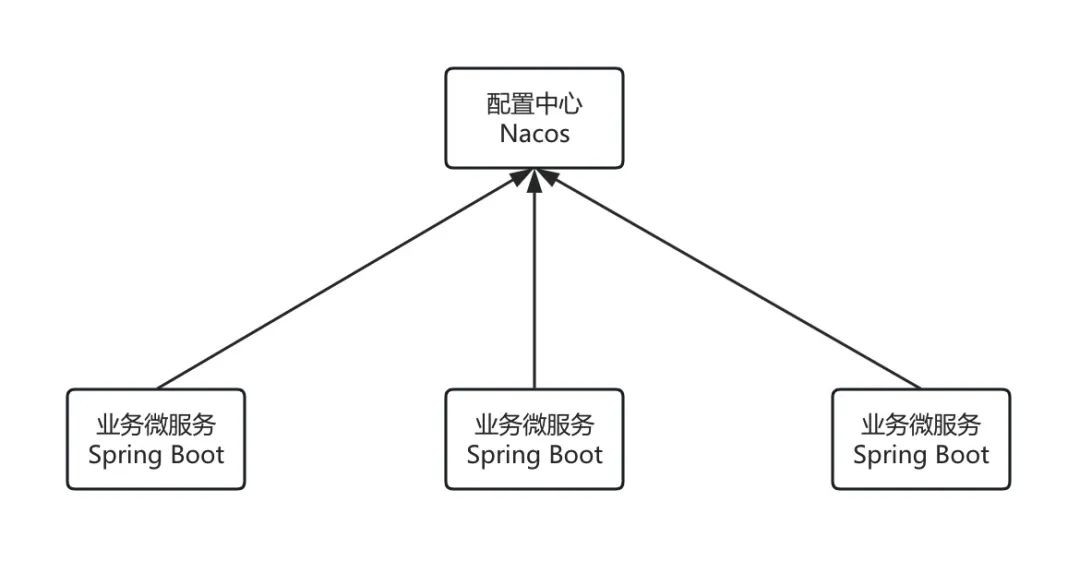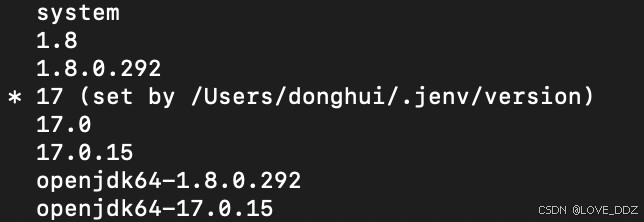gRPC是由Google开发的高性能、开源的通用远程过程调用(RPC)框架,它基于HTTP/2标准设计,提供了多语言支持,包括Java、C++、Python等。gRPC特别适合微服务架构,因为它支持双向流和流控制,同时提供了负载均衡、跟踪、健康检查和身份验证等特性。
本文将详细介绍如何在Java中使用gRPC,包括服务定义、服务器端实现、客户端调用以及一些高级特性。我们将通过代码示例来帮助理解gRPC的工作原理。
gRPC基础
服务定义
gRPC使用Protocol Buffers(protobuf)作为接口定义语言(IDL)。首先,我们需要定义服务和消息类型。
|
1 2 3 4 5 6 7 8 9 10 11 12 13 14 15 16 17 18 19 20 |
// 文件:helloworld.proto syntax = "proto3";
package helloworld;
// 定义服务 service Greeter { // 请求和响应消息 rpc SayHello (HelloRequest) returns (HelloReply) {} }
// 请求消息 message HelloRequest { string name = 1; }
// 响应消息 message HelloReply { string message = 1; } |
生成Java代码
使用protobuf编译器protoc生成Java代码:
|
1 |
protoc --proto_path=src --java_out=build/gen src/helloworld.proto |
这将生成HelloRequest、HelloReply和GreeterGrpc.java等类。
服务器端实现
|
1 2 3 4 5 6 7 8 9 10 11 12 13 14 15 |
// 文件:GreeterImpl.java import io.grpc.stub.StreamObserver; import helloworld.GreeterGrpc; import helloworld.HelloRequest; import helloworld.HelloReply;
public class GreeterImpl extends GreeterGrpc.GreeterImplBase {
@Override public void sayHello(HelloRequest req, StreamObserver<HelloReply> responseObserver) { HelloReply reply = HelloReply.newBuilder().setMessage("Hello, " + req.getName()).build(); responseObserver.onNext(reply); responseObserver.onCompleted(); } } |
服务器启动代码:
|
1 2 3 4 5 6 7 8 9 10 11 12 13 14 15 16 17 18 19 20 21 22 23 24 25 26 27 28 29 30 31 32 33 34 35 36 37 38 39 40 41 |
// 文件:Server.java import io.grpc.Server; import io.grpc.ServerBuilder;
public class Server { private Server server;
private void start() throws IOException { server = ServerBuilder.forPort(8080) .addService(new GreeterImpl()) .build() .start(); System.out.println("Server started, listening on 8080"); Runtime.getRuntime().addShutdownHook(new Thread() { @Override public void run() { System.err.println("*** shutting down gRPC server since JVM is shutting down"); Server.this.stop(); System.err.println("*** server shut down"); } }); }
private void stop() { if (server != null) { server.shutdown(); } }
private void blockUntilShutdown() throws InterruptedException { if (server != null) { server.awaitTermination(); } }
public static void main(String[] args) throws IOException, InterruptedException { final Server server = new Server(); server.start(); server.blockUntilShutdown(); } } |
客户端调用
|
1 2 3 4 5 6 7 8 9 10 11 12 13 14 15 16 17 18 19 20 21 22 23 24 25 26 27 28 29 30 31 32 33 34 |
// 文件:Client.java import io.grpc.ManagedChannel; import io.grpc.ManagedChannelBuilder; import helloworld.GreeterGrpc; import helloworld.HelloRequest; import helloworld.HelloReply;
public class Client { private final ManagedChannel channel; private final GreeterGrpc.GreeterBlockingStub blockingStub;
public Client(String host, int port) { channel = ManagedChannelBuilder.forAddress(host, port) .usePlaintext() // 为了简单,使用明文通信 .build(); blockingStub = GreeterGrpc.newBlockingStub(channel); }
public void greet(String name) { HelloRequest request = HelloRequest.newBuilder().setName(name).build(); HelloReply response = blockingStub.sayHello(request); System.out.println("Greeting: " + response.getMessage()); }
public void shutdown() throws InterruptedException { channel.shutdown().awaitTermination(5, TimeUnit.SECONDS); }
public static void main(String[] args) throws InterruptedException { Client client = new Client("localhost", 8080); client.greet("world"); client.shutdown(); } } |
高级特性
gRPC还支持双向流、服务器端流和客户端端流等高级特性。这些特性可以通过定义不同的RPC方法来实现。
双向流
|
1 |
rpc SayHelloStream(stream HelloRequest) returns (stream HelloReply); |
服务器和客户端可以同时发送和接收消息,实现真正的双向通信。
结语
gRPC是一个强大的RPC框架,它通过HTTP/2和protobuf提供了高效、跨语言的服务调用。本文通过简单的示例介绍了gRPC在Java中的基本使用,包括服务定义、服务器实现和客户端调用。希望这些内容能帮助你快速上手gRPC,并在实际项目中发挥其强大的功能。


